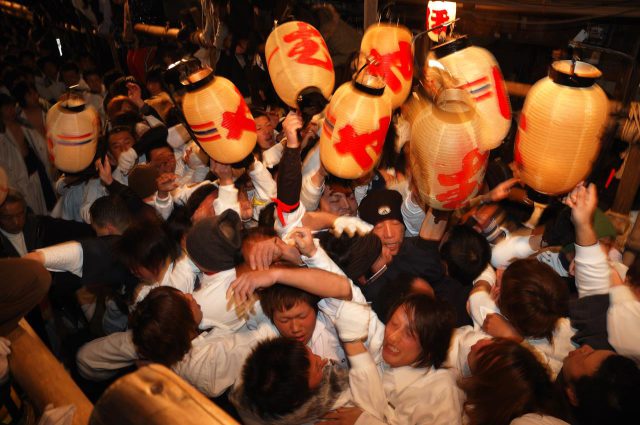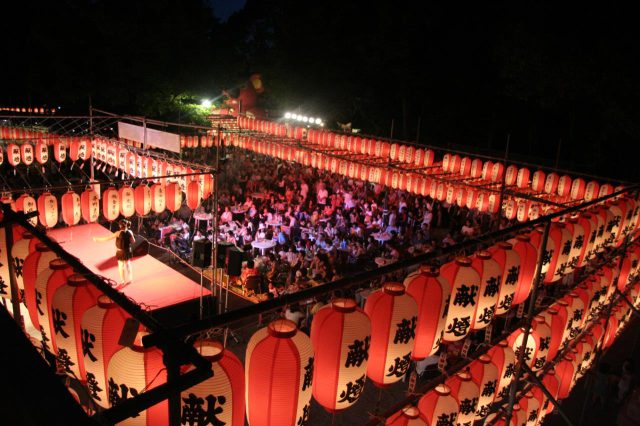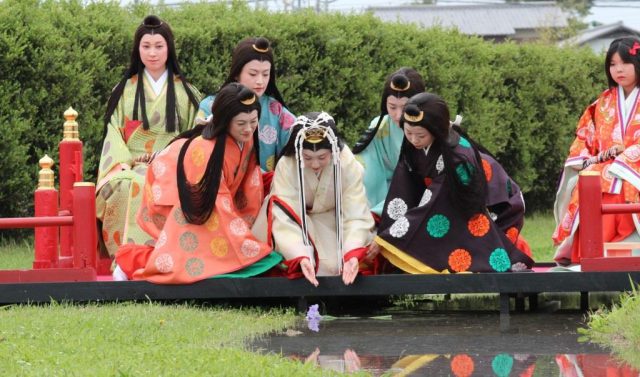Niiname-sai
Last update
An autumnal harvest festival with a history of over 2,000 years
The Nihon Shoki (Chronicles of Japan) relates that the sun goddess Amaterasu Omikami gave ears of rice from a sacred field to her grandson Ninigi-no-mikoto, and that this event had great significance for the origin of Japan. For over 2,000 years, Japanese people have centered their lives on the cultivation of rice, praying in spring for bumper crops and, in autumn, giving thanks for bountiful harvests. In Japanese culture, venerating the gods is an important part of Japanese culture for everyone, including the emperor. In its name, the Niiname-sai (Imperial Harvest Ritual, also known as Shinjosai) includes a character indicating “first rice crop of the year” and another one meaning “make an offering.” The idea is to offer freshly harvested rice to the gods, to express thanks for blessings, and to pray for the peace and security of the nation and its prosperity.
Nihon Shoki (Chronicles of Japan): A chronicle of Japanese history compiled in the Nara period. Completed in the year 720, it is the oldest surviving work of official history in Japan.
Event information
- Access
- Take the Loop Line from JR Osaka Station to Tsuruhashi Station; Transfer to the Kintetsu Osaka Line and take the Limited Express train for Kashikojima; Get off at Iseshi Station; Takes approximately 2 hours
- Date
- 23 November every year
This basic information is current at the time of publication and is subject to change.
Please check the official website for the latest information.




